With Virgil van Dijk facing a spell on the sidelines due to a hamstring injury, Dr Rajpar Brar assesses the cause and likely return date for the Dutchman.
Van Dijk was forced off midway through Liverpool’s 3-1 defeat at Brentford at the start of January, with his withdrawal initially thought to be a precautionary measure.
While both the player and Jurgen Klopp were confident there would be no injury, further examination imaging led the manager to admit his No. 4 would be out for “more than a month.”
The details revealed by the club are on the sparser side – a consistent theme with this Liverpool medical staff – but let’s sort through some key questions.
What is injured?
Van Dijk has injured his hamstring, which is often colloquially referred to in the singular but, in fact, is actually a group of three muscles that run down the posterior (back) part of the leg, down to the knee.
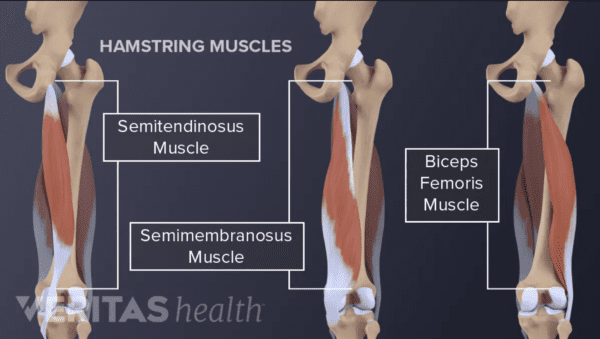
(Not pictured is the short head of the biceps femoris muscle)
The hamstring muscles serve multiple functions: stabilising both the hips and knees, along with being primary movers for bending (flexing) the knee and extending the entire leg back behind you.
Further, they are responsible for slowing down the leg (eccentric control) when it’s straightening in front of you.
For example, when kicking the ball, running (which is why sprinters have the highest rates of hamstring injuries) and stretching for the ball (particularly if bending forward at the torso as well which places a double tension on the group).
The constant demands on the muscle during football explain why it’s one of the most commonly injured muscles (and also one of the most reinjured – more on that later).
Why was the injury first thought to be mild?
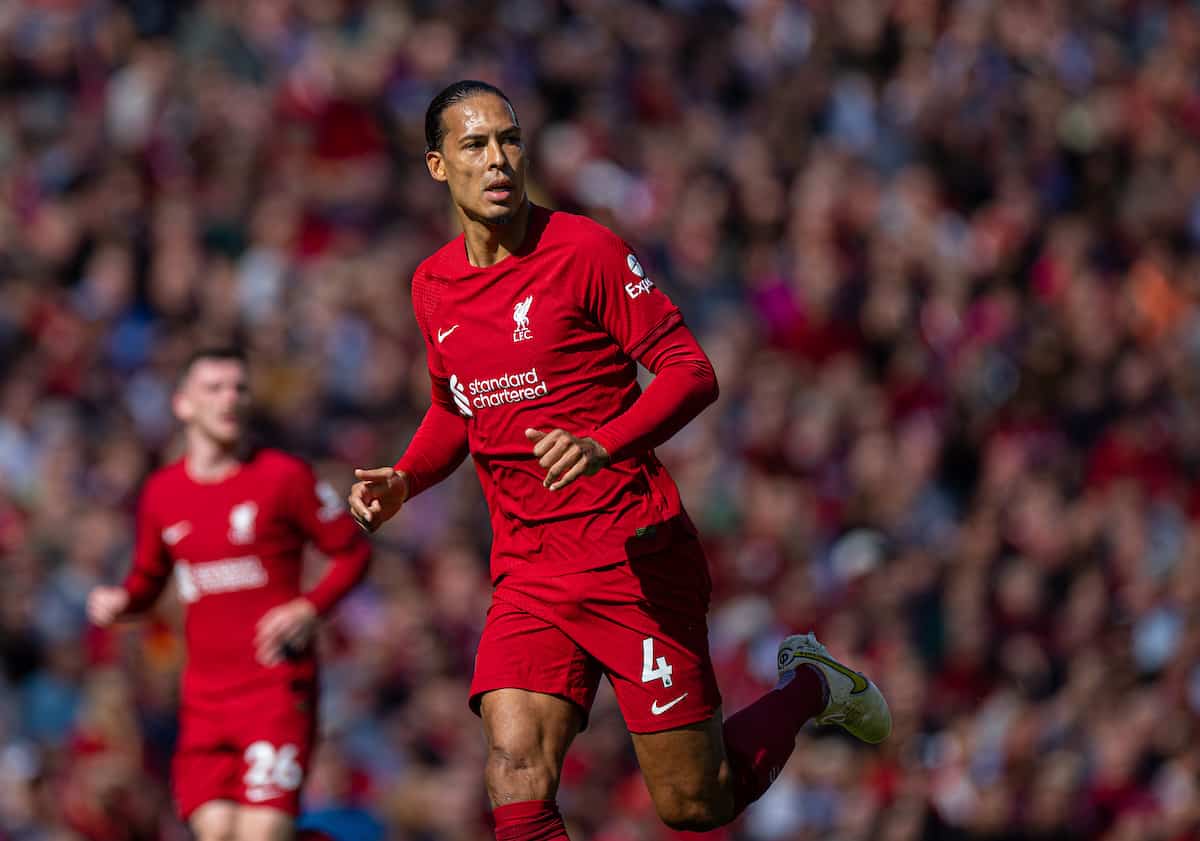
Muscular injuries inherently have a lot of variance and don’t always present simply.
In the case of full ruptures (grade 3 tear), it can be easy to tell because there are significant symptoms.
But in many other cases (with lower grade 1 or grade 2 tears), you may need a day or two to see how the objective symptoms (if walking or movement is impacted, manual examination, imaging etc.) align or don’t align with more subjective symptoms like player pain.

To that point, even in the case of an experienced player like Van Dijk, who has almost certainly dealt with precautionary muscle tightness many, many times in his career, his reported reaction of thinking it was minor obviously wasn’t the case.
So how long will he be out?
Based on Klopp’s comments of “more than a month,” this sounds like it’s most likely a grade 2 hamstring injury.
These typically come with three-to-six-week return timelines but there’s variance there depending on multiple factors.
The first is the specific location of the tear.
Injuries closer to the tendon of the hamstring (either near the starting point at the ischial tuberosity or closer to the end point at tbhe knee) tend to take longer to return from compared to injuries closer to the middle of the muscle belly.
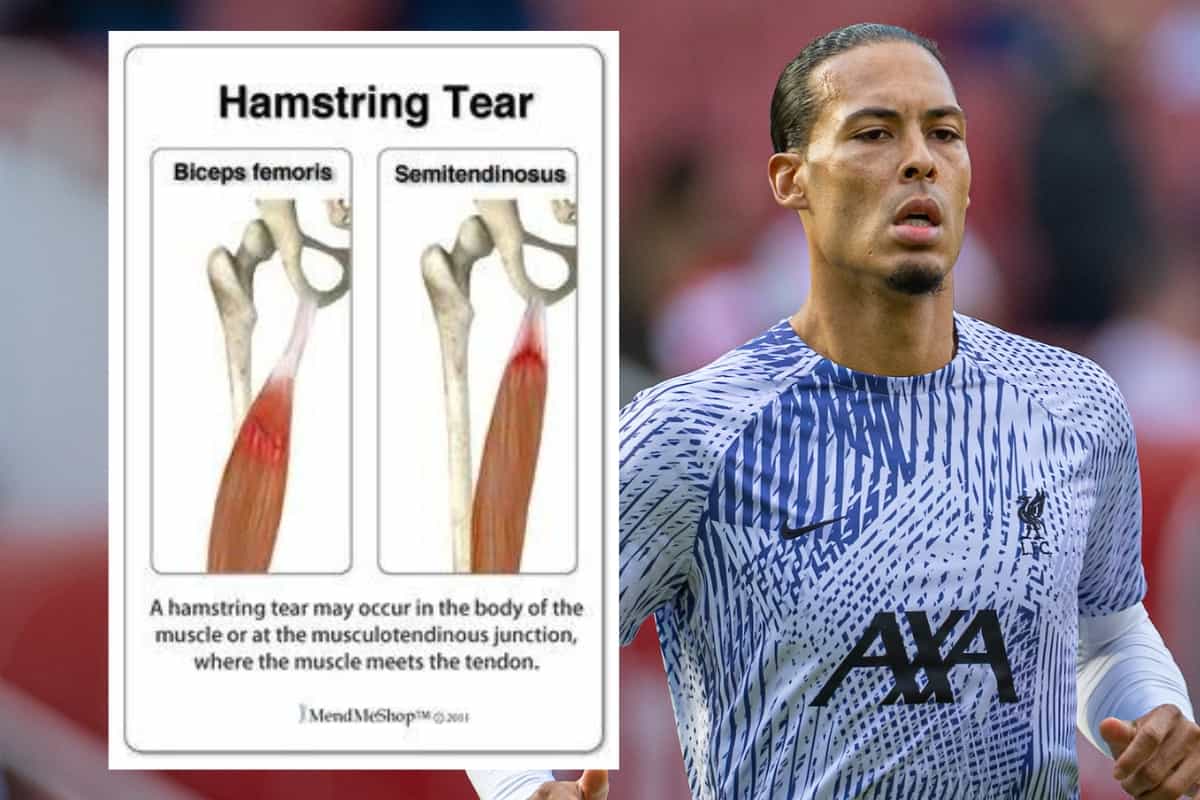
The second – and a positive in Van Dijk’s case – is the positional and stylistic demands on the player.
As a centre-back, Van Dijk isn’t required to do the same amount of high-intensity sprints as, say, a winger is (and remember that sprinting is the most common mechanism for injury with hamstrings).
Further, even compared to others of the same position, Van Dijk relies much more on his positional awareness and high IQ rather than sheer physicality of play.
Thirdly – another positive – are Van Dijk’s incredibly high levels of fitness and commitment off the pitch.
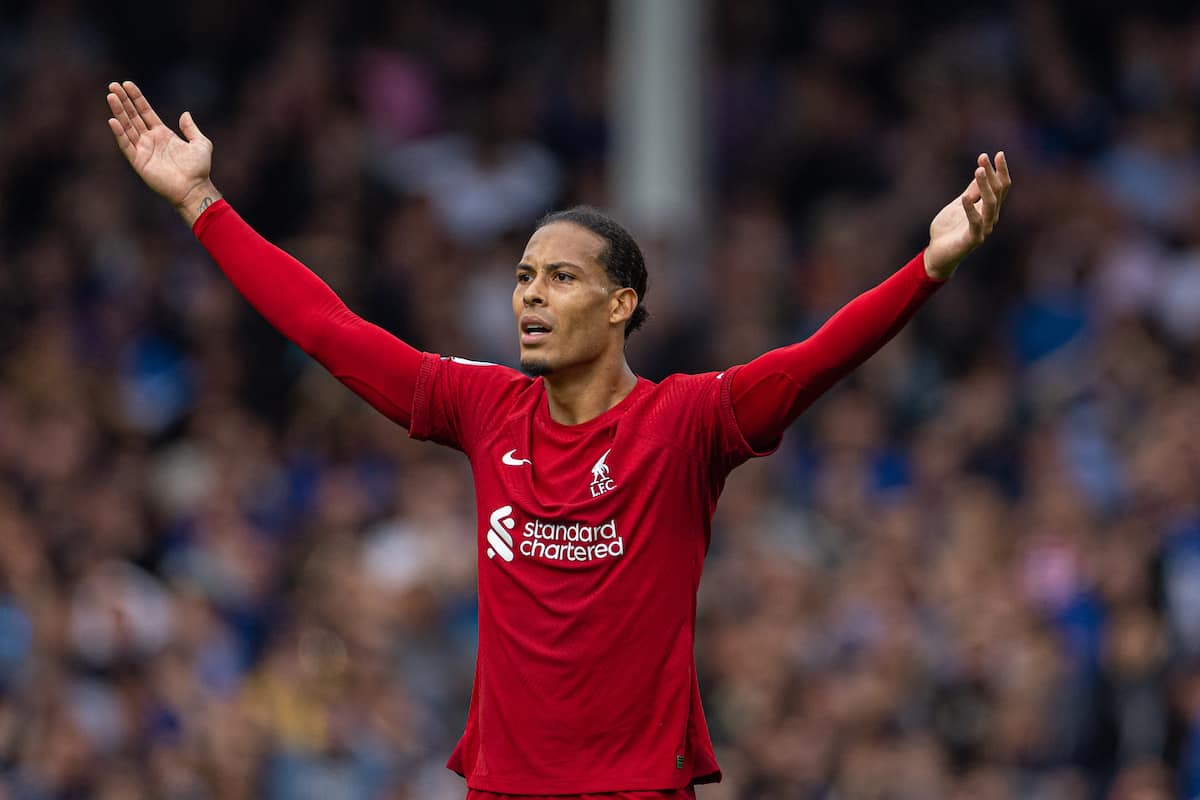
The number of games he’s played of top-flight football – particularly after coming back from his multi-ligament knee injury and the level he’s played them at – is a testament to his fitness planning and commitment.
This higher level of fitness allows for a higher margin of resilience to injuries and bouncing back quicker.
All three will be key variables in his return timeline.
Is the injury related to the World Cup?
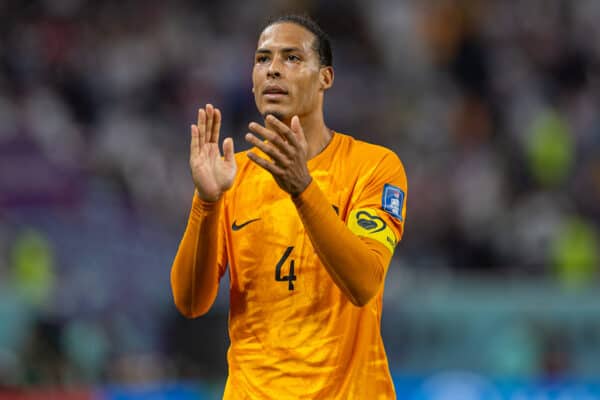
It’s easy to say that the added minutes of high-intensity football may have potentially led to the injury.
But Van Dijk would have been playing in relatively high-intensity matches anyway in the Premier League if not for the World Cup, and he did have a decent break considering the Netherlands were knocked out in the quarter-finals.
On the contrary, multiple managers have stated that players returning from the World Cup (those who actually played) had higher fitness levels compared to those who didn’t participate due to actually playing in games compared to just training and friendlies.
Based on those, I don’t believe the World Cup was a factor here – however, it may become one later in the season as fatigue accumulates.
Is the injury related to his previous knee injury?
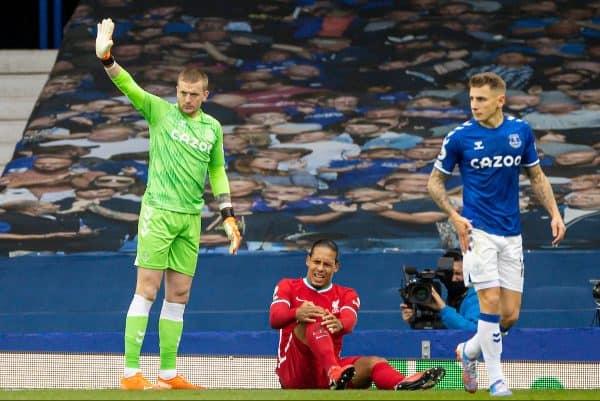
I wasn’t able to find which leg Van Dijk injured with this hamstring injury, but if it was on the right side – the same side he suffered his multi-ligament knee injury including the ACL – then there’s a possibility it’s related.
The hamstring group is sometimes called the ‘surrogate ACL’ because it helps support the same functions of the ligament.
Therefore, when returning after ACL reconstruction, there can be increased stress on that hamstring as the player returns to pre-injury levels.
That cumulative stress may increase injury risk.
Any concerns once Van Dijk returns?
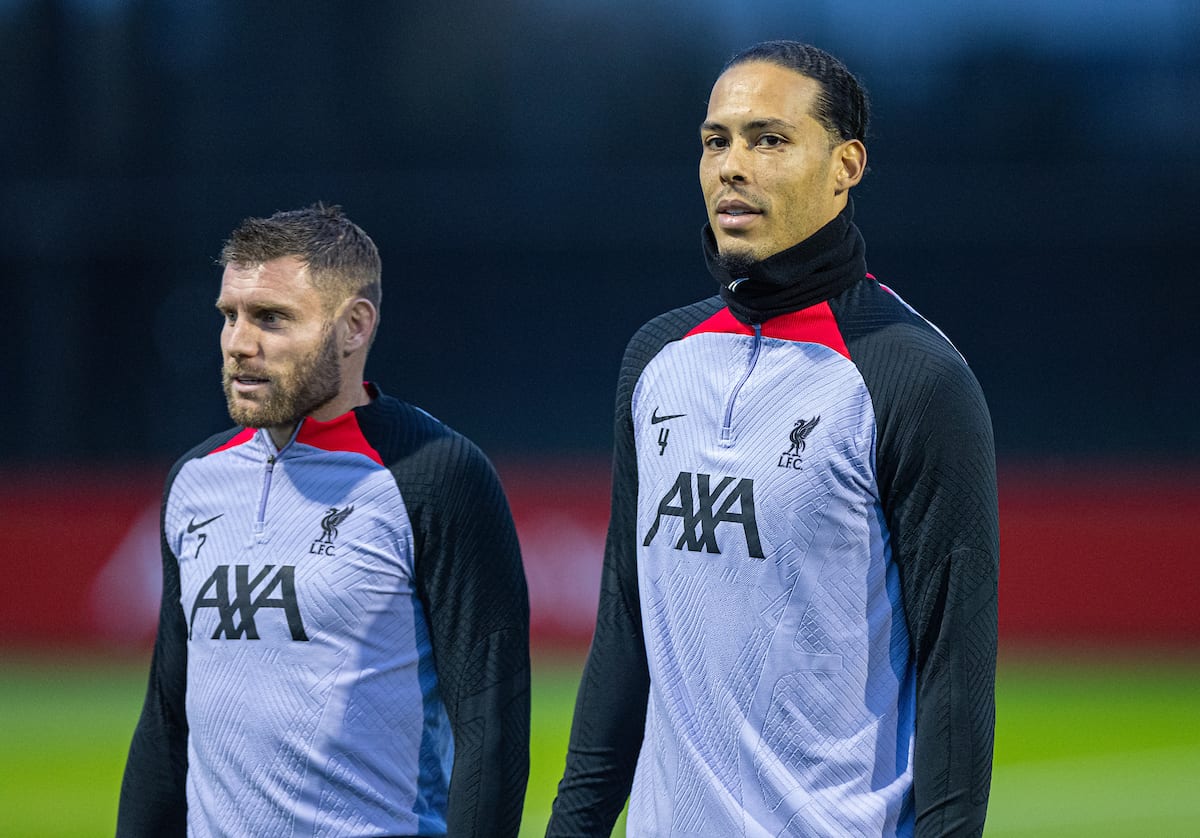
The major concern is reinjury.
High-level studies show that 30 percent of elite footballers reinjure the hamstring within two weeks of returning.
There’s a massive demand on the muscle group, as touched on earlier.
However, Van Dijk’s elite fitness levels and commitment, along with the world-class Liverpool physio staff, will help guard against that possibility.
There’s certainly no guarantee, however, but that’s part and parcel of medicine.
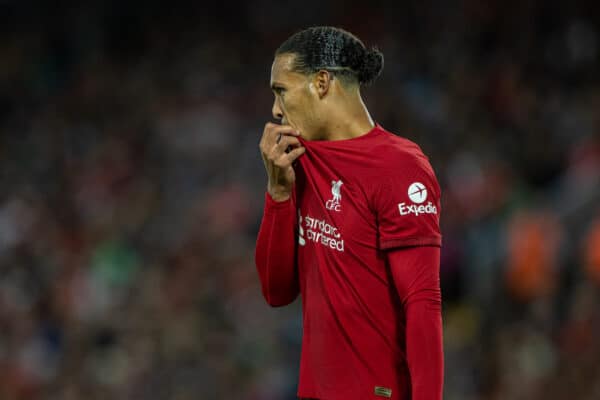



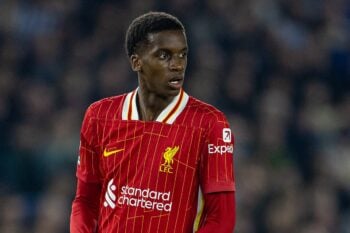

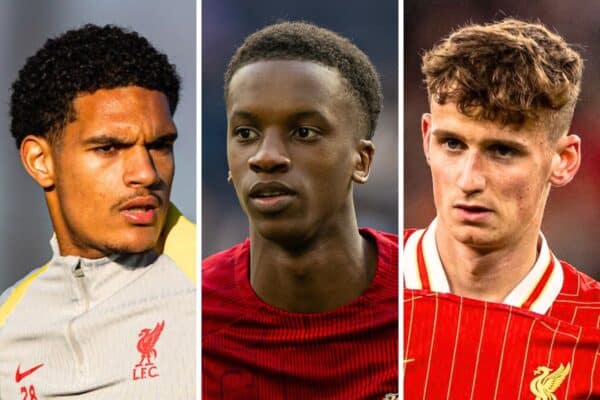
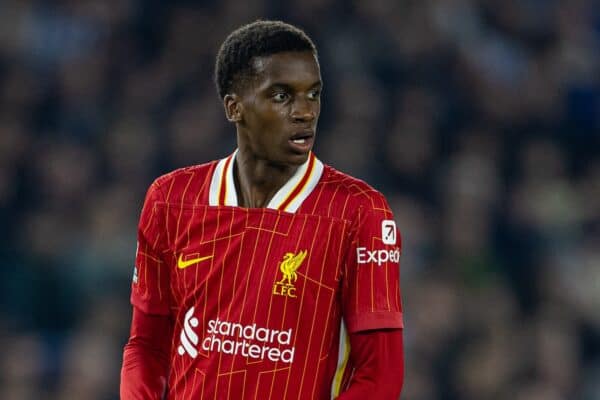
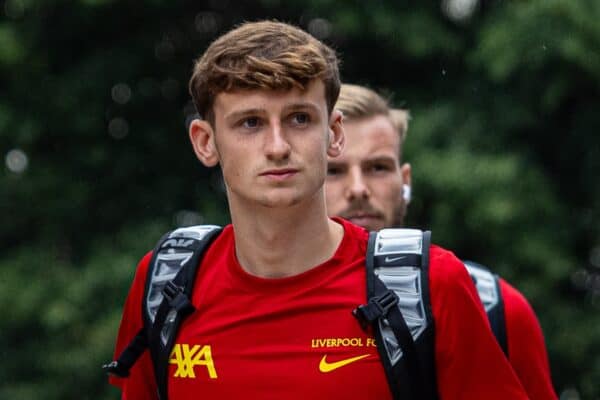


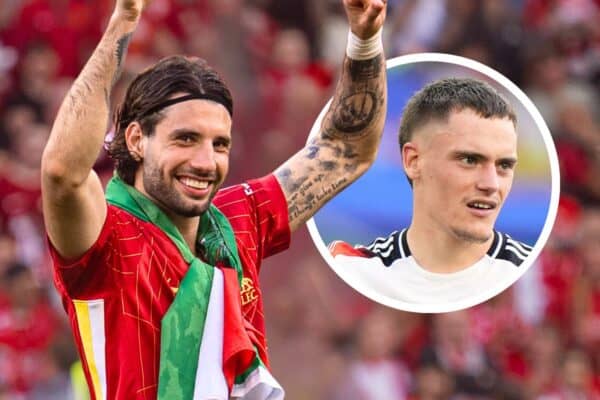

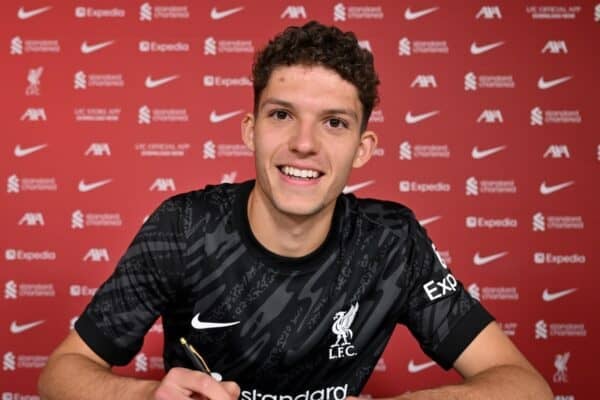

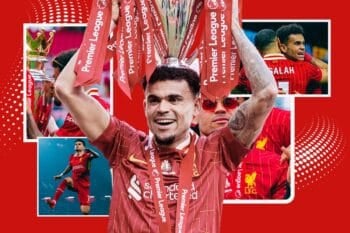
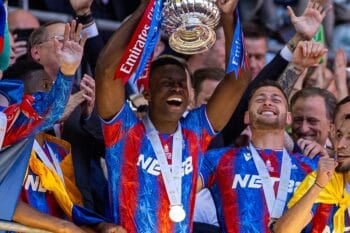
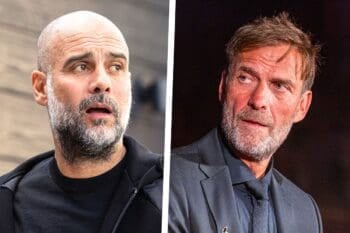
Fan Comments